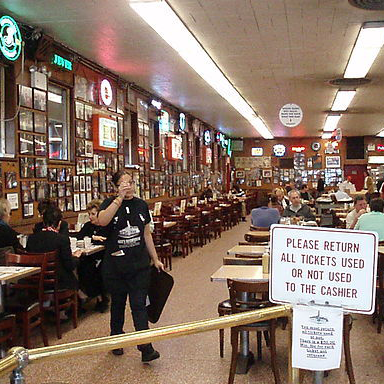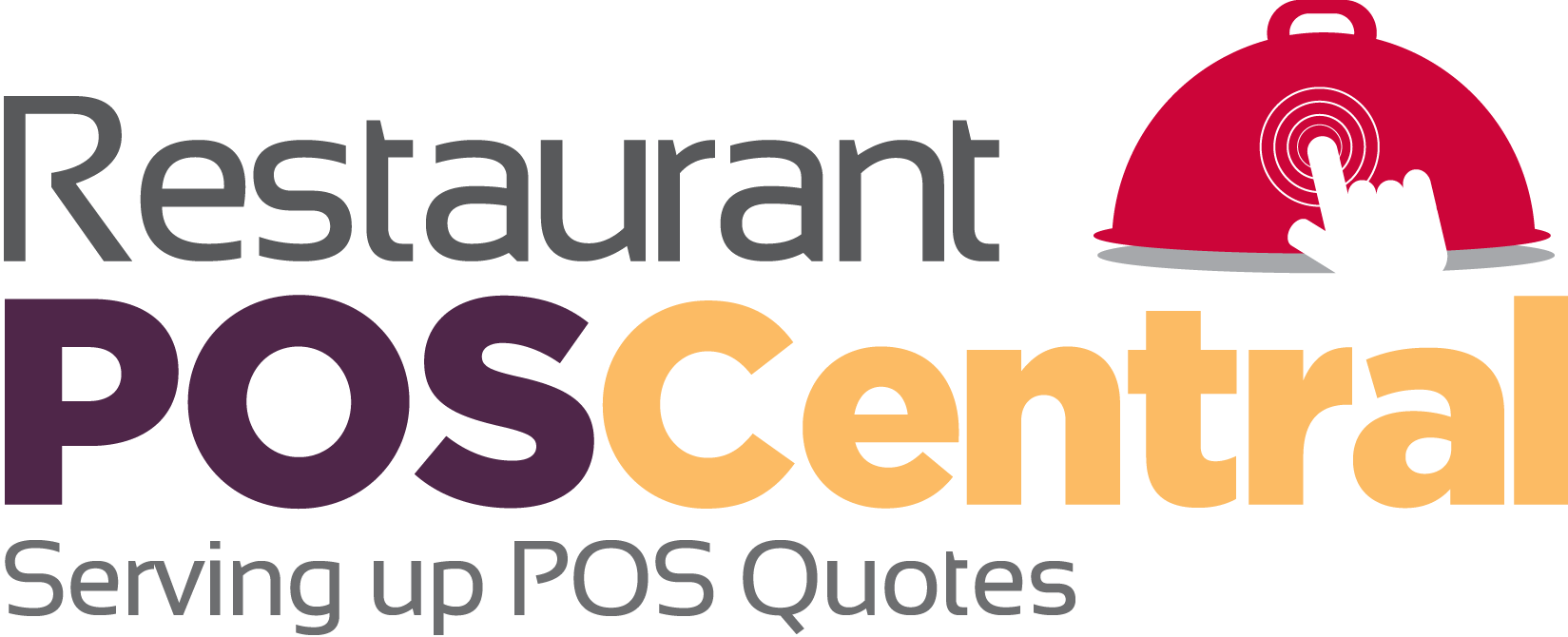How to Know if Your Restaurant Meets the Requirements of a POS System

Everyone knows one of those rare, old-school restaurants where waiters take orders by hand, shout them out to the kitchen, and chat with customers during a long, leisurely dining experience. Is that your business model? Unless you have an established, always-profitable spot that has no need for increased efficiency, it’s likely you could benefit from a point-of-sale (POS) system. Here are signs your restaurant meets the POS system requirements and would get significant returns from the investment.
You’ve added host staff, but customers still wait. If customers are waiting at the door while there are empty tables, it’s a sign your staff is preoccupied taking reservations or walking through the restaurant to see if other tables are finishing. An integrated POS system can show host staff at the podium where other diners are in their meal, so there is no need for them to leave the front door. They’ll be ready to seat tables immediately when customers arrive. Hiring more hosts is one solution, but the investment in technology pays off better in the long run.
The “No Reservations” model isn’t working. Trying to run a restaurant without accepting reservations works only for as long as the buzz lasts. Eventually, people tire of waiting and decide to go where they know they’ll get seated. POS systems let your staff take reservations without wasting time on the phone or having to calculate how much space you have. The system lets diners book tables online, and the seating map tells your staff when and where they’ll sit. It also lets you know when you’ll be busy, so the kitchen and waitstaff can prepare.
You have a daily “rush” period, and customers are turned away. Every shift has its busy moments, but when your restaurant turns customers away at the peak of service, it’s a clear sign you’ve met the POS system requirements. Increasing volume is easier when service is automated. You cut down on the time it takes to order food and drinks, as well as the payment process. Higher volumes deliver returns on a POS investment.
Diners wait more than 10 minutes between courses. Restaurants that have extensive menus — and diners who order several courses — have to be careful about timing. If you wait too long to bring a main course, you miss out on extra seatings. If you bring courses before diners are ready for them, it looks like you’re rushing them. Firing second courses on a POS delivers a solution on both counts, and improves communication between waitstaff and kitchen.
Weekly reports don’t add up, but you’re not sure why. The last benefit of a restaurant POS is the improvements it offers in the inventory and ordering process. You’ll be able to run daily reports and see what’s going out of your restaurant, so you can pinpoint waste. This feature gives managers more tools in their quest to increase efficiency.
Having a growing restaurant is great, but it’s important to manage that growth. If you bring on a digital POS solution, you’re far more likely to meet your next goals.
